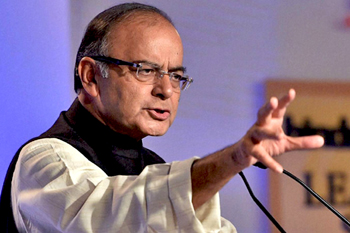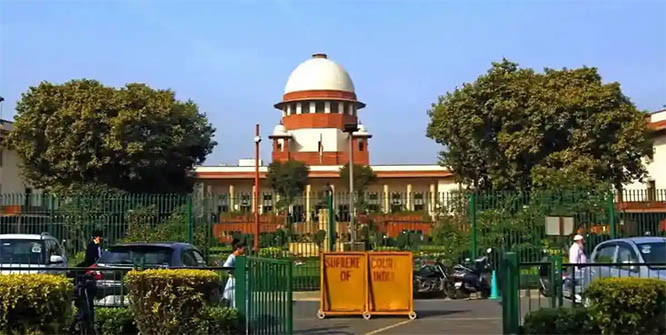New Delhi, May 16: The government on Tuesday added a new dimension to its fight against black money in the country as it launched a website ' Operation Clean Money '.

Jaitley warned those dealing in black money and said "It is no longer safe to deal with excessive cash, tax-evaded money."
The finance minister said the fallout of the November 8 decision to demonetise higher denomination currency has increased movement towards digitisation, number of assessees going up and tax revenue jumping as also fear of dealing in cash being installed.
Stating that as many as 91 lakh persons have come under the tax net, Jaitley said he expects further increase in tax returns going ahead.
Post demonetisation, there has been a hike in collection of personal income tax, the finance minister said, adding that the new portal will help honest tax payer.
The Central Board of Direct Taxes chairman said "Undisclosed income of Rs 16,398 crore has been identified post demonetisation." Chairman Sushil Chandra also said there was 22 per cent growth in e-filed returns post demonetisation. As many as 17.92 lakh people were identified for unexplained deposits post demonetisation, he said, adding the tax department has identified one lakh suspected tax avoidance cases.
"We identified around 17.92 lakh persons in whose case the cash transactions did not appear in line with the taxpayers' profiles. And online verifications of these transactions are underway," Chandra said.
Of the 17.92 lakh, so far 9.72 lakh individuals responded to SMSes and e-mails sent by the income tax department.







Comments
Add new comment